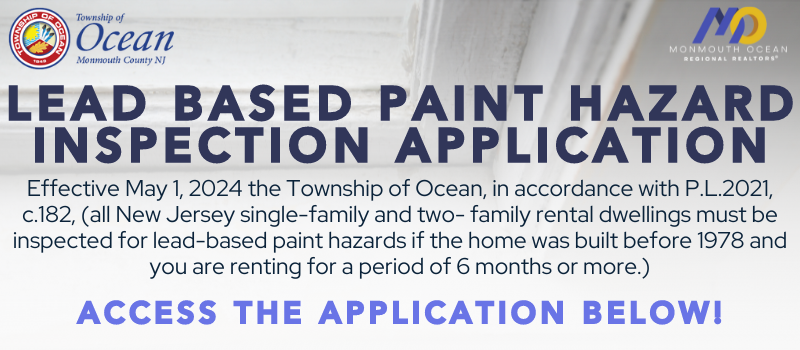How 'Cash for Caulkers' might work
If
it's like New York's energy-efficiency plan, homeowners would hire a
contractor to do a home audit and perform the work. Soon after, voila,
a reimbursement check arrives.
NEW YORK (CNNMoney.com) — President Obama's
Cash for Caulkers proposal has almost every homeowner wondering how
they'll be able to cash in.
The plan calls for greater
incentives, perhaps amounting to thousands of dollars, for homeowners
to get new energy-efficient appliances, windows and other such items.
But no one knows exactly how the federal program – part of a broader plan to stimulate the economy – might work. That's because it's still being written.
It
may be modeled, at least in part, on New York State's home energy
efficiency program, said Steve Nadel, director at the American Council
for an Energy-Efficient Economy, who's advising on the federal proposal.
So how exactly does New York's program work?
Homeowners
interested in participating find a contractor licensed to do an energy
audit by New York State – available on the state's web page or by
calling a toll-free number.
Then someone like David Scharf, a contractor based just north of New York City, shows up.
For
about $500, Scharf will figure out how much energy the home wastes.
He'll put a giant fan in the door that will suck in air from outside
the home, highlighting leaks in windows, doors or walls. He'll test
each appliance to see how much energy it draws. He'll check the
thickness of your insulation and windows.
Then, all this is fed
into a computer model that generates a checklist with everything that
could be replaced, how much it will cost, and how much in energy
savings can be expected out of it. The homeowner decides how much work
to do, and negotiates a price.
When the work is done, the
homeowner pays Scharf directly. Scharf then submits paperwork to the
state agency that runs the program. The homeowner then gets a
reimbursement check from the agency for 10% of the project cost, up to
$3,000, usually within 30 days.
If Obama gets his way, homeowners
could get much bigger rebates than that in the future. No one knows
what the numbers will be yet, but Nadel said other legislation
currently in Congress would give homeownersa 50% rebate, with a maximum reimbursement of $12,000.
For a contractor like Scharf, who was hard hit by the recession and collapse in home building, such legislationwould be a godsend.
His
business, which brought in $1.5 million in sales in 2007, generated
only about $400,000 this year. He's already had to lay off two people.
"The economy hit the skids in late 2007, and it's just been getting worse," he said.
But
if the federal plan goes through, Scharf said that might translate into
$500,000 worth of work for him, and he'll hire three or four more
people for his crew.
"If you give money to New York State, we can market that," he said. "People will jump."
No
one knows how many jobs the new federal program might create. But in
general, infrastructure projects are estimated to create or save about
28,500 direct and indirect jobs for every $1 billion spent, said Brian
Turmail, a spokesman for the Associated General Contractors of America.
With talk of the federal program costing in the $10 billion range, that
could mean over a quarter million jobs.
The federal program could
even be run out of state offices, at least in New York and the 27 other
states that have similar programs similar, said Nadel of the American
Council for an Energy-Efficient Economy.
Typically, running a
stimulus program through existing agencies that have protocols and
distribution channels in place is seen as the fastest way to distribute
the money – and create the desired jobs.
Officials at New York's program say they're up for the task.
"There's
no need to reinvent the wheel," said Francis Murray, head of the New
York State Energy Research and Development Authority (NYSERDA), the
agency that runs the state's home conservation program. "I think we
could get the money out very quickly."
What isn't expected to be
part of the package is help for do-it-yourselfers. New York's plan
requires homeowners to hire a contractor to qualify, according to Karen
Villeneuve, director of NYSERDA's Residential Efficiency and
Affordability Program.
Energy upgrades need to be done
professionally, or there's a risk of sealing the home too tight, which
can lead to rot or air contamination, Villeneuve said.
DIY-ers,
though, may be able to take advantage of rebates being rolled out
nationwide for certain energy-efficient appliances under the first
stimulus package. They vary by state, type of appliance, and level of
efficiency. In New York, consumers can get $50 to $105 off
refrigerators and freezers, dishwashers, and washing machines and
dryers.
Any federal program would likely only reimburse people
for large items like centralized heating and cooling systems,
refrigerators, or washing machines.
Some
are concerned that if homeowners have to pay all the costs up front,
people that could benefit most from the program won't be able to take
advantage of it. In New York, homeowners who don't want to wait to be
paid back can get a low-interest loan from the state instead of a 10%
rebate.
For the federal proposal, Nadel said they are working on
creative financing: One idea is to partner with some of the big-box
stores to cover some of the up-front costs.
A spokesperson for Lowe's (LOW, Fortune 500)
said they had been in contact with federal officials and that they are
open to creative financing measures, but would not disclose any details
of the conversation. A spokesperson for Home Depot (HD, Fortune 500) said the company is supportive of the plan in general, but that it was too early to talk specifics.
With so much money potentially on the table with Cash for Caulkers rebates, fraud is another big concern.
"Any
program that is going to run through a third party and is going to
distribute billions of dollars, needs to have lots of checks and
balances to make sure there's not abuse," David Kreutzer, an energy
analyst at the Heritage Foundation, told CNN earlier this week after
Obama proposed the new federal program Tuesday.
New York State
guards against abuse by requiring all participating contractors to be
licensed through the Building Performance Institute, a third-party
certification program.
Through random checks of contractors'
books and independent audits of homes both before and after any work is
done, BPI makes sure homeowners have actually installed the
energy-efficient equipment they say they did, and, just as important,
that contractors aren't selling consumers things they don't need.
About 15% of New York's projects get audited, said BPI chief executive Larry Zarker.
"BPI
sets the bar very high," said Scharf, who was certified by BPI last
year. "I'm pretty jaded when it comes to government money trickling
down and actually helping people out. But I think this will work." ![]()
First Published: December 14, 2009: 4:49 AM ET



